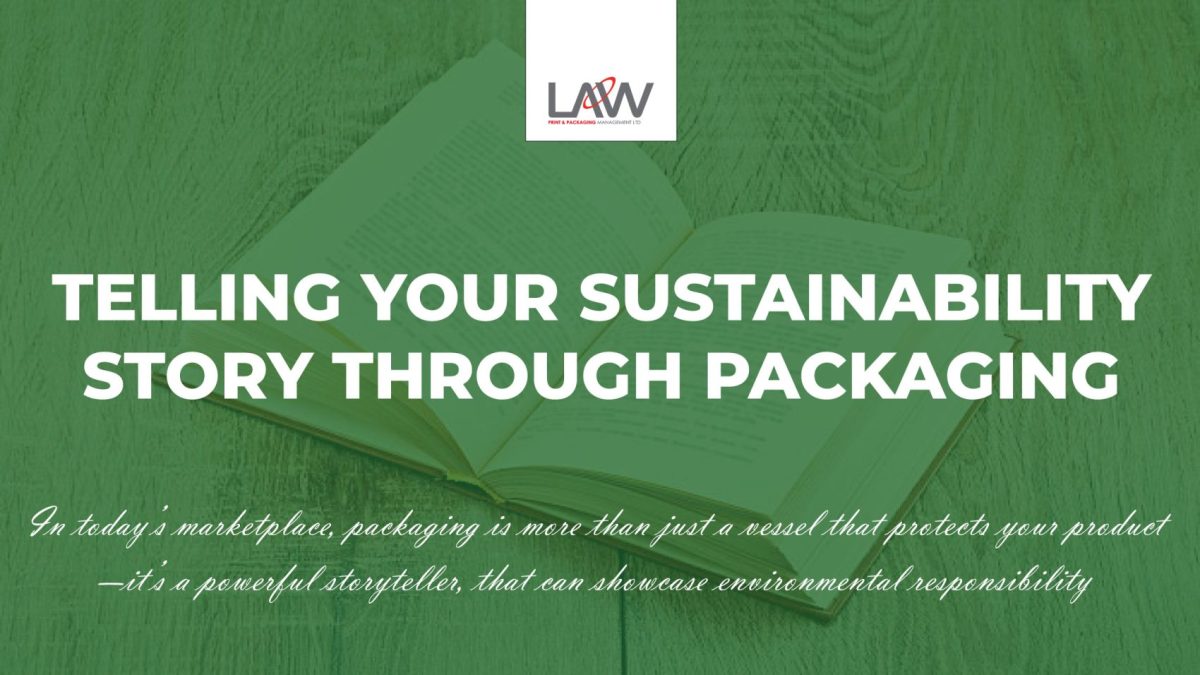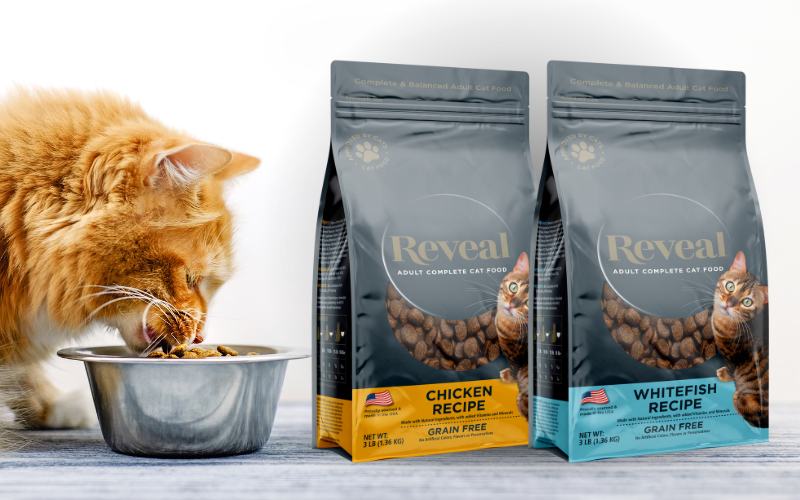In today’s marketplace, packaging is more than just a vessel that protects your product—it’s a powerful storyteller. For eco-conscious brands, packaging provides a tangible opportunity to demonstrate values, connect with like-minded customers, and showcase environmental responsibility.
But here’s the challenge: sustainability messaging is a delicate balance. Do it well, and you build trust and loyalty. Do it poorly, and you risk accusations of greenwashing.
So, how can brands use packaging to communicate their eco-values authentically? Let’s break it down.
Start With Substance, Not Spin
The foundation of a credible sustainability story is real action. If your packaging uses recycled content, is compostable, or reduces material waste—highlight it. But avoid overstating or making vague claims like “eco-friendly” without specifics. Instead, ground your communication in facts:
-
“Made with 80% post-consumer recycled paper”
-
“Fully recyclable curbside in most cities”
-
“Printed with water-based inks”
Concrete details not only strengthen your credibility but also help customers make informed decisions.
Speak Clearly, Not in Jargon
Sustainability buzzwords—biodegradable, carbon-neutral, circular—are often misunderstood. When you use them, explain what they mean in simple, transparent language. For example:
-
Instead of “compostable,” say “Breaks down in 90 days in industrial composting facilities”
-
Instead of “carbon-neutral,” say “We offset 100% of our packaging emissions through verified reforestation projects”
Clarity builds trust. Confusion creates skepticism.
Use Design as a Storytelling Tool
Packaging design can visually reinforce your sustainability commitments. Consider:
-
Minimalist aesthetics that suggest less waste
-
Natural textures and colors (kraft paper, muted tones) that align with eco-values
-
Icons or infographics to show recyclability or material sourcing.
But remember: design should reflect reality, not mask it. A green leaf motif won’t convince customers if the material underneath is non-recyclable plastic.
Educate and Empower Consumers
Sustainability doesn’t end when the product leaves the shelf. Customers want to know how to responsibly dispose of your packaging. Add clear guidance, such as:
-
“Flatten and recycle with cardboard”
-
“Peel off label before composting”
-
“Reuse this jar at home”
Packaging that educates becomes part of a bigger sustainability journey—one shared with your customer.
Share the Bigger Picture
If your eco-values extend beyond packaging—like ethical sourcing, renewable energy, or zero-waste production—hint at the broader story.
QR codes or short links can lead to a sustainability page with deeper details. This avoids cluttering the packaging while still giving curious customers a transparent view of your efforts.
Avoid Greenwashing Traps
Even well-intentioned brands can fall into the greenwashing trap. Watch out for:
-
Vagueness: Avoid broad claims like “better for the planet”
-
Irrelevance: Don’t highlight a minor sustainable feature if the rest of the product contradicts it
-
Over-claims: Never suggest your packaging is more sustainable than it actually is
Consumers are savvy. Honesty—warts and all—creates more loyalty than a perfect, too-good-to-be-true story.
Packaging is your silent ambassador. It’s the first thing customers touch, see, and interact with—and it’s the perfect stage for telling your sustainability story. By being specific, clear, and transparent, you can show your eco-values authentically, inspire responsible consumer choices, and build long-term trust without falling into the trap of greenwashing.
Sustainability isn’t just a marketing message—it’s a commitment. Let your packaging prove it.
Looking to invest in sustainable packaging? We’ll support you every step of the way — from strategy to implementation. Along the journey, we’ll offer tailored recommendations to boost efficiency, lower costs, and unlock added value in your final product.
Contact us on +44 (0) 161 440 7302. Alternatively, follow this link to complete our contact form.


